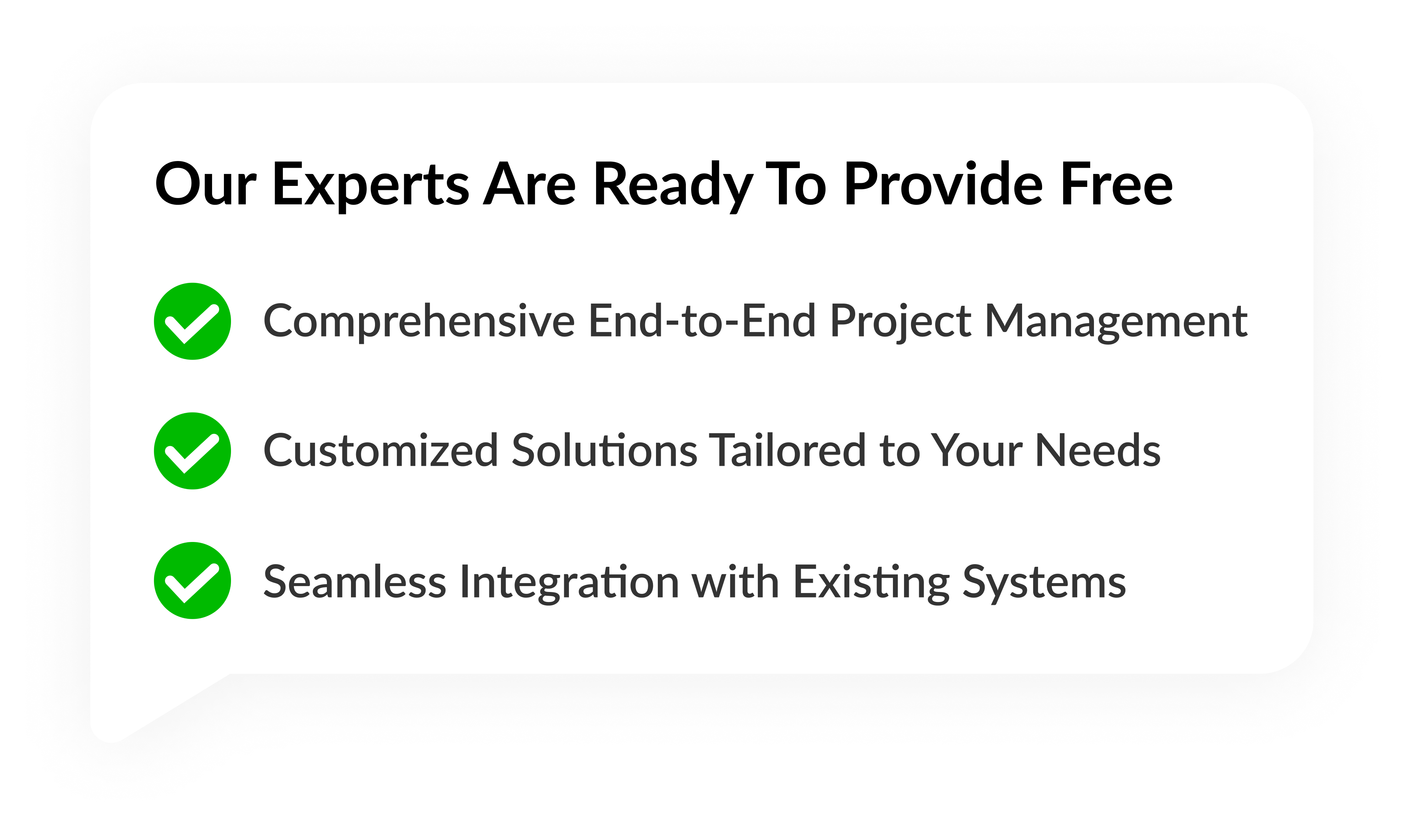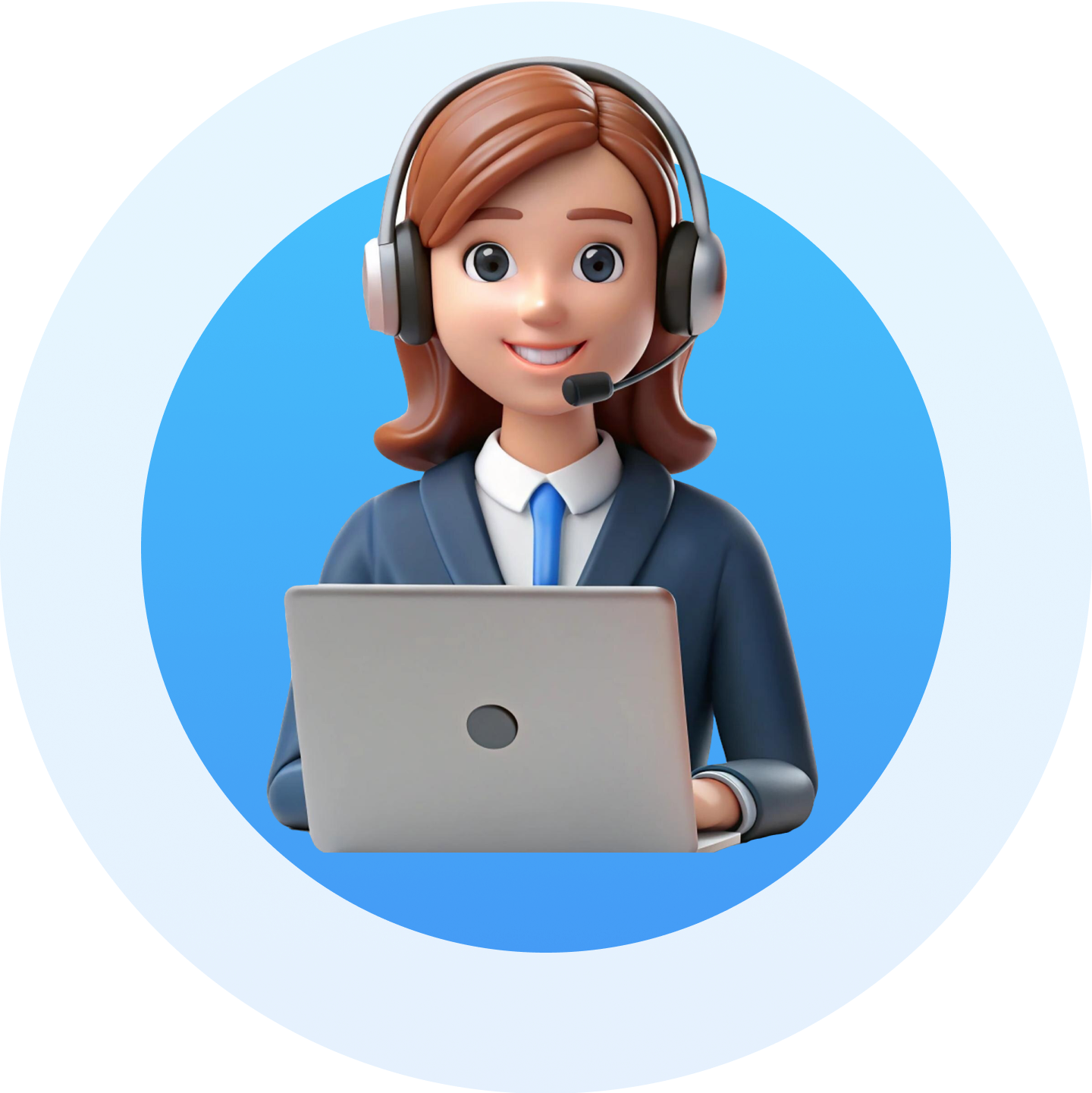How to Build a Fitness Tracking App Like Peloton?
April 10,
10:35 AM
The demand for fitness applications has grown exponentially in recent years. With busy lifestyles and a growing focus on health, users want on-demand access to guided workouts, real-time progress tracking, and community-driven experiences. Apps like Peloton have managed to meet these expectations exceptionally well—setting a new benchmark for digital fitness platforms.
But how do you actually build a fitness tracking app like Peloton? In this guide, we’ll explore what goes into the development process, what features are essential, the expected costs, and why choosing the right development partner—like PerfectionGeeks Technologies—is vital to your success.
Understanding the Appeal of Apps Like Peloton
Peloton’s rise wasn’t just about delivering workouts; it was about creating an entire fitness ecosystem. Their app combines high-quality live and on-demand workout classes, social engagement tools, real-time health metrics, and subscription-based access to a wide variety of fitness disciplines—from cycling and running to yoga and strength training.
The success of the Peloton app can be attributed to:
Professional content production and instructor-led classes
Community building features like leaderboards and shoutouts
Integration with smart fitness hardware
Customizable workout plans and goal tracking
If your goal is to enter the digital fitness industry, it’s essential to take inspiration from these elements while also tailoring your app to your unique value proposition.
What Your Fitness App Should Include
To compete with industry leaders, your app must provide a seamless, feature-rich experience. Below are the must-have components of a fitness tracking app like Peloton:
1. User Profiles and Onboarding
Users should be able to create personalized profiles with details such as age, weight, fitness goals, preferred workout types, and any health considerations. This enables the app to deliver customized workout recommendations.
2. Live and On-Demand Workouts
The core of Peloton’s value lies in its engaging video content. Your app should allow users to join live sessions or choose from a library of on-demand workouts across different fitness categories. Video quality, instructor presence, and smooth playback are critical.
3. Progress and Health Tracking
Users want to track metrics such as calories burned, heart rate, distance, and workout duration. Your app should integrate with wearables like Fitbit, Apple Watch, or smart bikes to provide real-time data tracking and visualization.
4. Community Engagement
Features like leaderboards, group challenges, workout sharing, and in-app messaging create a sense of accountability and community, helping users stay motivated and engaged.
5. Push Notifications and Reminders
Send motivational messages, workout reminders, and achievement alerts to keep users active and committed to their fitness goals.
6. Subscription and Payment Options
Offer users different tiers of access, such as free limited content or premium plans with full access to all classes and features. Integration with secure payment gateways is essential for smooth user experience.
7. AI-Based Recommendations
Advanced fitness apps now include artificial intelligence to suggest personalized workouts based on the user’s progress, preferences, and fitness history. This keeps the experience fresh and relevant over time.
8. Admin Panel for Content Management
A backend system where administrators can upload videos, monitor user activity, analyze trends, and manage subscriptions is essential for business scalability.
The Process to Build a Fitness App Like Peloton
Creating a successful fitness tracking app requires a structured and collaborative approach. Here’s how to approach it:
1. Conduct Market Research
Start with a detailed analysis of your target audience. Understand their pain points, preferences, and fitness goals. Study your competitors, including Peloton, to identify what’s working and where gaps exist. This phase helps you build an app that actually solves real-world problems.
2. Define Your Business Model
Before diving into development, finalize how you’ll monetize the app. Common options include:
Monthly or yearly subscription models
Freemium models with in-app purchases
One-time purchases for premium content or courses
Affiliate or brand partnership integration for fitness products
Each model has its pros and cons, so choose the one that aligns best with your long-term vision and customer expectations.
3. Partner with the Right Development Team
Choosing a capable development team is the most important step. A company like PerfectionGeeks Technologies, which specializes in fitness app development, can help you turn your concept into a high-performance app with user-centric design and reliable architecture.
4. Design the User Experience
Your UI/UX design should reflect simplicity, clarity, and energy. Users should be able to navigate workouts, track progress, and access community features without friction. This phase includes wireframing, prototyping, and visual design of all screens.
5. Start Development
Development involves both frontend and backend work. You’ll need developers skilled in mobile platforms (iOS, Android, or both), video streaming, real-time data syncing, cloud storage, and API integration for wearables and payment systems.
Your app must be fast, responsive, and capable of handling a large number of users during peak hours—especially during live classes.
6. Test Thoroughly
Comprehensive QA testing is non-negotiable. Test for:
Functional bugs
Streaming delays
Wearable device syncing issues
Payment flow glitches
Device compatibility
Only after multiple rounds of testing should the app be released to the public.
7. Launch and Marketing
Once your app is live on app stores, promote it with a strong marketing strategy. Use social media ads, influencer campaigns, partnerships with gyms or fitness influencers, and email marketing. Optimize the app store page with relevant keywords like "fitness tracking app", "workout streaming app", or "Peloton-style app" to boost discoverability.
How Much Does It Cost to Build a Fitness App Like Peloton?
The cost to build a fitness tracking app like Peloton depends on several factors:
Features and complexity: The more advanced the features (e.g., AI recommendations, wearable sync), the higher the cost.
Design quality: Customized UI/UX design can add to the budget.
Platforms: Building for both iOS and Android increases the scope.
Development team location: Rates vary significantly across regions.
On average:
A basic MVP version may cost between $30,000 to $50,000.
A feature-rich, scalable version similar to the Peloton app can cost $80,000 to $150,000 or more.
This includes design, development, testing, and deployment.
Why Choose PerfectionGeeks Technologies?
PerfectionGeeks Technologies is a trusted name in fitness app development and has worked with brands across the globe to deliver custom digital solutions. Here’s why they’re the right partner for your fitness app:
Experience in developing apps for wearables, health tracking, and video streaming
Expertise in creating AI-powered fitness solutions
Custom UI/UX that reflects your brand identity and user goals
Scalable development solutions for startups and enterprises alike
Transparent communication, milestone-based delivery, and post-launch support
With a full-service team covering everything from concept to launch, PerfectionGeeks ensures your app delivers a polished, seamless experience to users.
Final Thoughts
The fitness app market is booming—and users expect more than just videos. They want smart tracking, social engagement, and content that keeps them motivated. If you’re looking to build a fitness tracking app like Peloton, your success lies in offering an experience that is not only functional but also deeply engaging.
By incorporating the right features, adopting a strategic development process, and partnering with an expert team like PerfectionGeeks Technologies, you can bring your fitness app idea to life and capture a strong share of the digital health market.




Blockchain Solution
Launching
- Market Research & Analysis
- Strategic Planning
- Branding
- Content Creation
- Social Media Marketing
- Analytics and Reporting
Testing
- Unit Testing
- Integration Testing
- Smoke Testing
- Security Testing
- Recovery Testing
- System Testing
- Regression Testing
- Performance and Load Testing
- UAT User Acceptance Testing
Maintenance
- Security Updates
- Performance Optimization
- Database Management
- Monitoring & Reporting End-of-Life Planning
Contact US!
India

Plot No- 309-310, Phase IV, Udyog Vihar, Sector 18, Gurugram, Haryana 122022
Copyright © 2025 PerfectionGeeks Technologies | All Rights Reserved | Policy
Contact US!
India 
Plot 378-379, Udyog Vihar Phase 4 Rd, near nokia building, Electronic City, Sector 19, Gurugram, Haryana 122015
Copyright © 2025 PerfectionGeeks Technologies | All Rights Reserved | Policy




